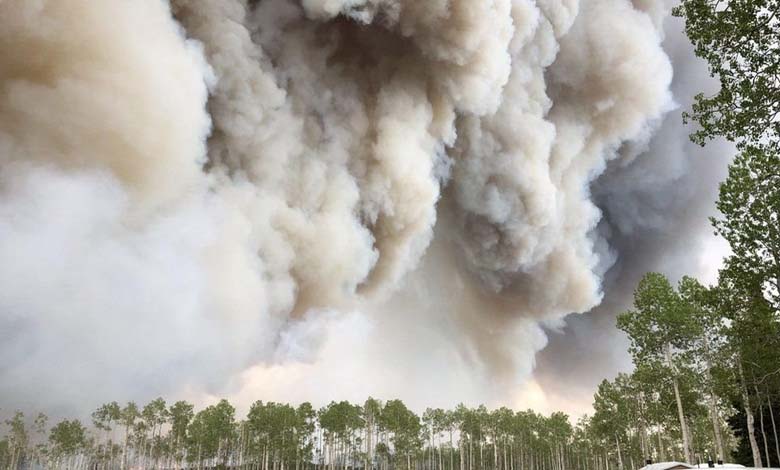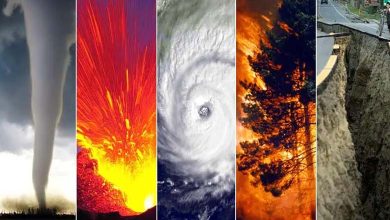Study – Wildfire Smoke Weakens Immunity and Alters Genes

Wildfires are no longer isolated or seasonal events. As climate change intensifies, these blazes are becoming more frequent and severe, exposing millions of people worldwide to toxic smoke. A recent study published in Nature Communications reveals a worrying new dimension to this public health crisis: wildfire smoke doesn’t just harm the lungs and heart—it also weakens the immune system and causes long-lasting genetic changes.
-
Japan’s Worst Wildfire in 50 Years Brought Under Control
-
After the Wildfires… Massive Floods and Landslides in Los Angeles
A powerful but invisible threat
Wildfire smoke contains a dangerous mix of fine particulate matter (PM2.5), toxic gases (ozone, carbon monoxide, benzene, formaldehyde), and volatile organic compounds. These pollutants penetrate deep into the respiratory tract and can enter the bloodstream, reaching critical organs. Researchers at Stanford University, who led the study, found that repeated or prolonged exposure triggers chronic inflammation and disrupts the body’s natural defense systems.
Direct impact on the immune system
Scientists examined blood samples from over 200 individuals living near wildfire zones in California. Results showed a marked decrease in T lymphocytes—key players in adaptive immunity. In addition, there was a rise in biomarkers for oxidative stress and systemic inflammation, indicating an overall weakening of immune defenses.
-
Did Global Warming Contribute to California Wildfires?
-
Massive Wildfires: A Worrisome Mystery for Scientists
For some people, this immunosuppression led to increased respiratory infections, severe allergic reactions, and exacerbation of chronic conditions like asthma and lupus.
Epigenetic changes: The genetic legacy of smoke
One of the most concerning findings of the study was the presence of epigenetic changes linked to smoke exposure. Researchers observed that certain genome regions involved in immunity, inflammation, and cell repair were significantly altered.
-
27 Dead and Thousands Displaced: California Residents Struggle to Find Housing After Wildfires
-
Los Angeles Wildfires: New Details on Containment Rates and Recovery Efforts
These epigenetic modifications do not change the DNA sequence itself, but they affect how genes are turned on or off. This means that the harmful effects of wildfire smoke could persist over time—and potentially be passed on to future generations.
High-risk groups and hidden inequalities
Children, the elderly, and individuals with pre-existing conditions are the most vulnerable to smoke toxicity. With developing or weakened immune systems, their bodies suffer greater, sometimes irreversible damage. Moreover, rural or medically underserved populations face a dual burden: increased exposure and reduced access to healthcare.
-
Los Angeles: $57 Billion in Wildfire Losses
-
Photos Document the Massive Destruction in a Wealthy Los Angeles Neighborhood Due to Wildfires
An underestimated health emergency
As wildfires continue to devastate vast regions of Canada, the US, Australia, and Southern Europe, the researchers urge public health authorities to take action. They recommend integrating air quality as a core parameter in disease prevention strategies and enhancing immunological and genetic monitoring for exposed communities.
Wildfire smoke is more than an environmental nuisance—it is a profound health hazard that can derail immune function and alter gene expression over time. Recognizing and addressing this hidden danger is essential not only for current public health but also for protecting future generations from long-term biological damage. Mitigating wildfire causes and shielding vulnerable populations must become a public health priority.












